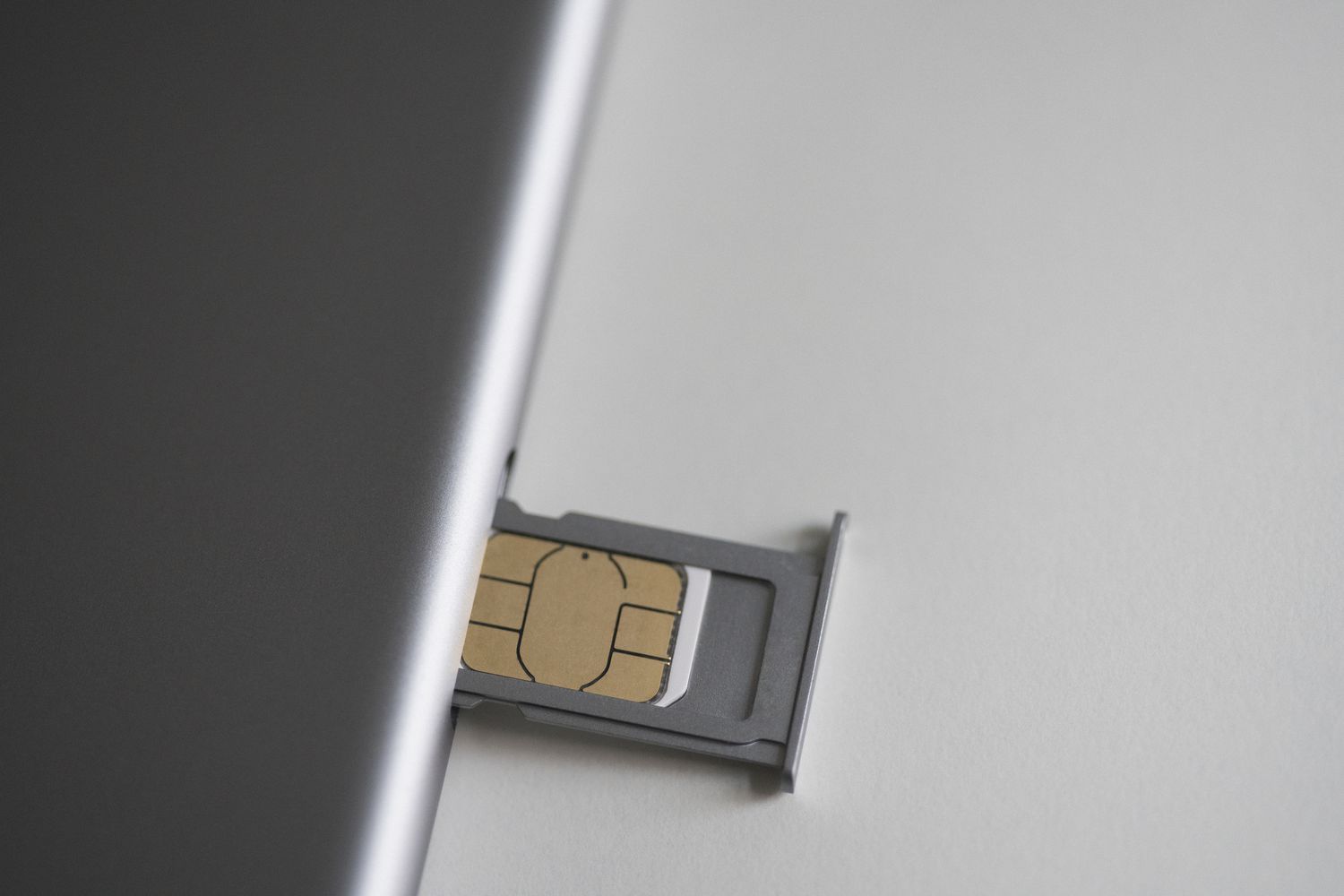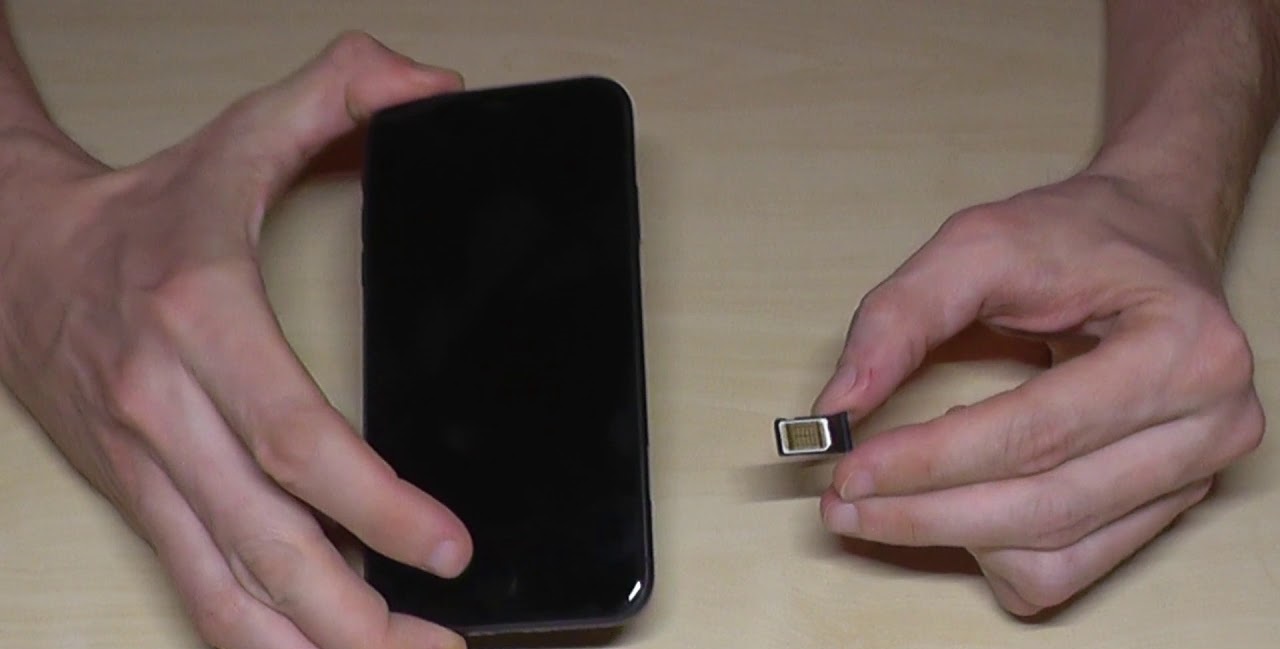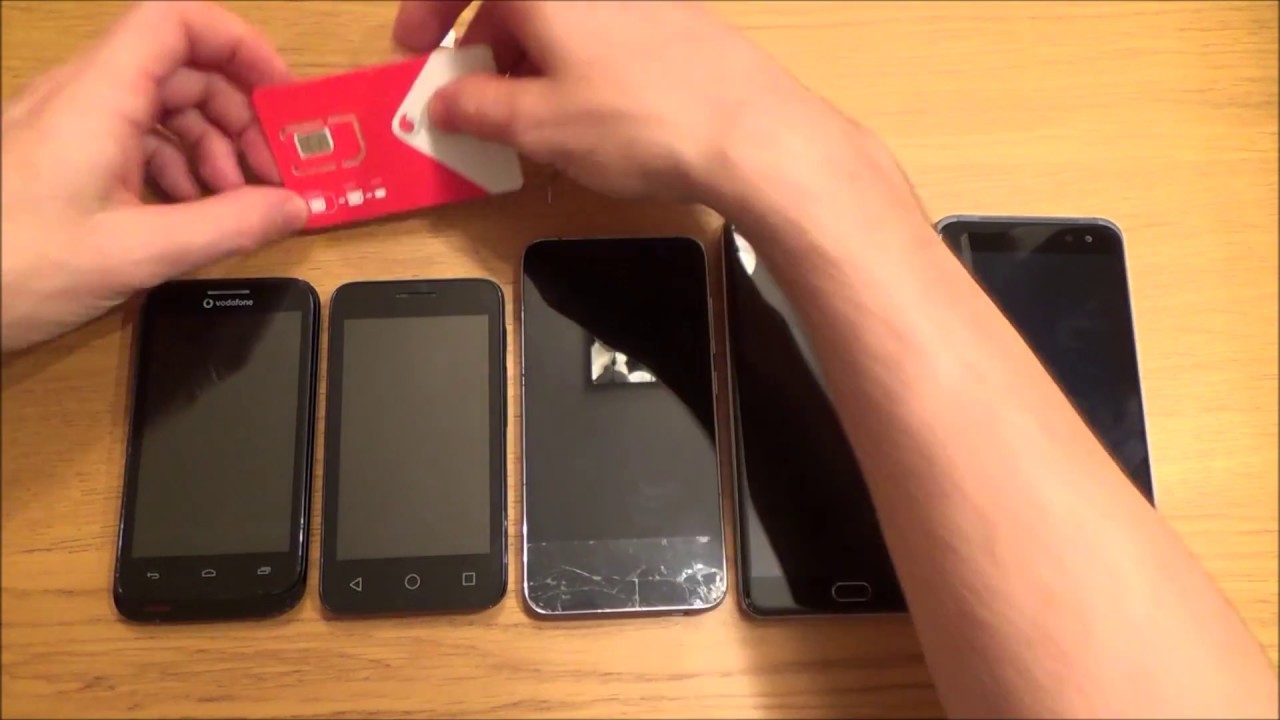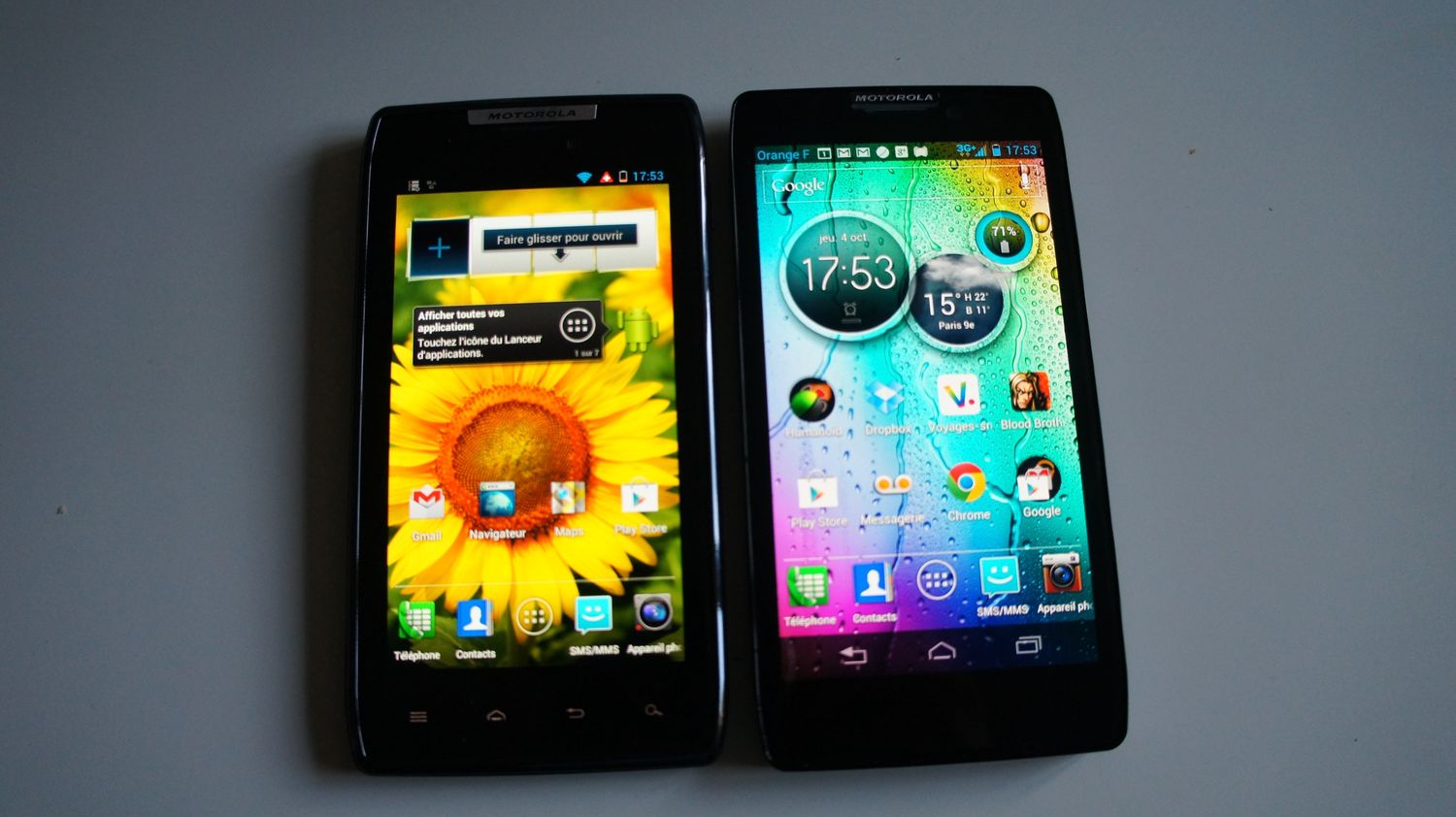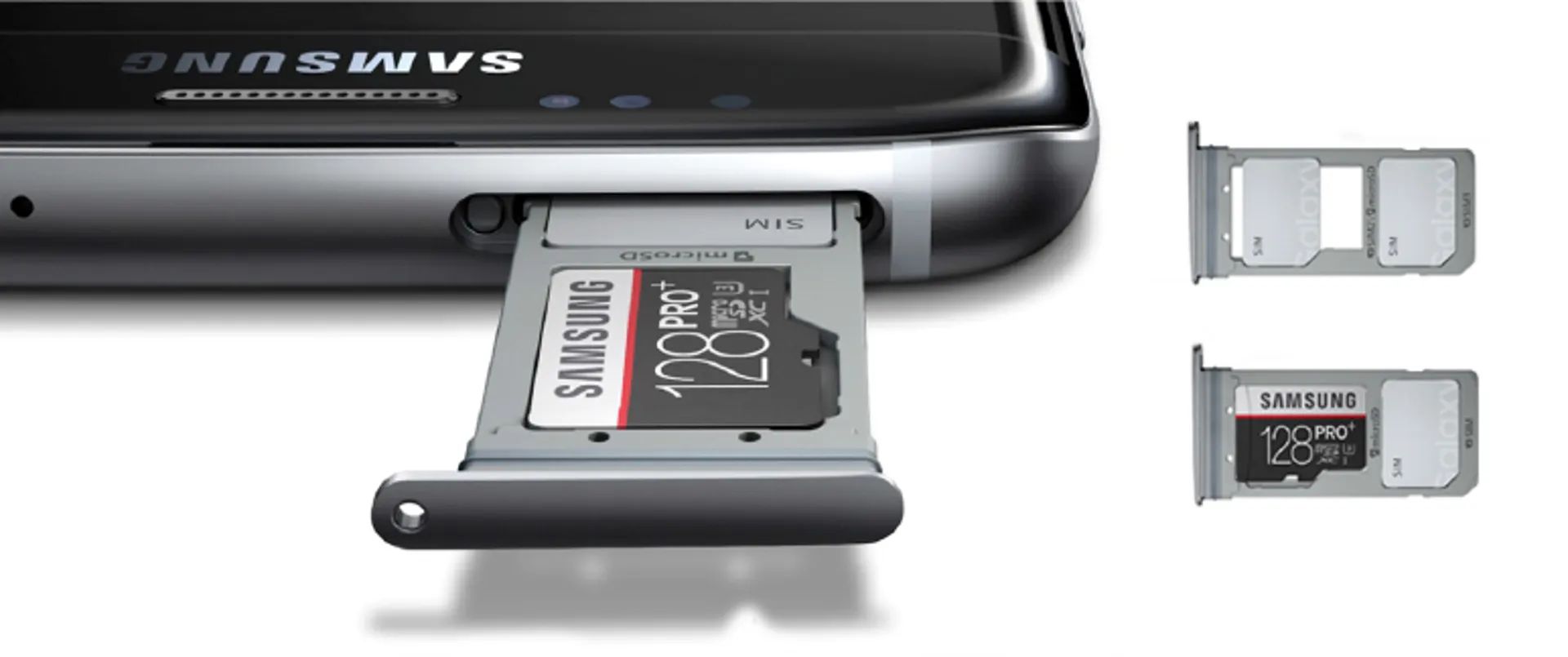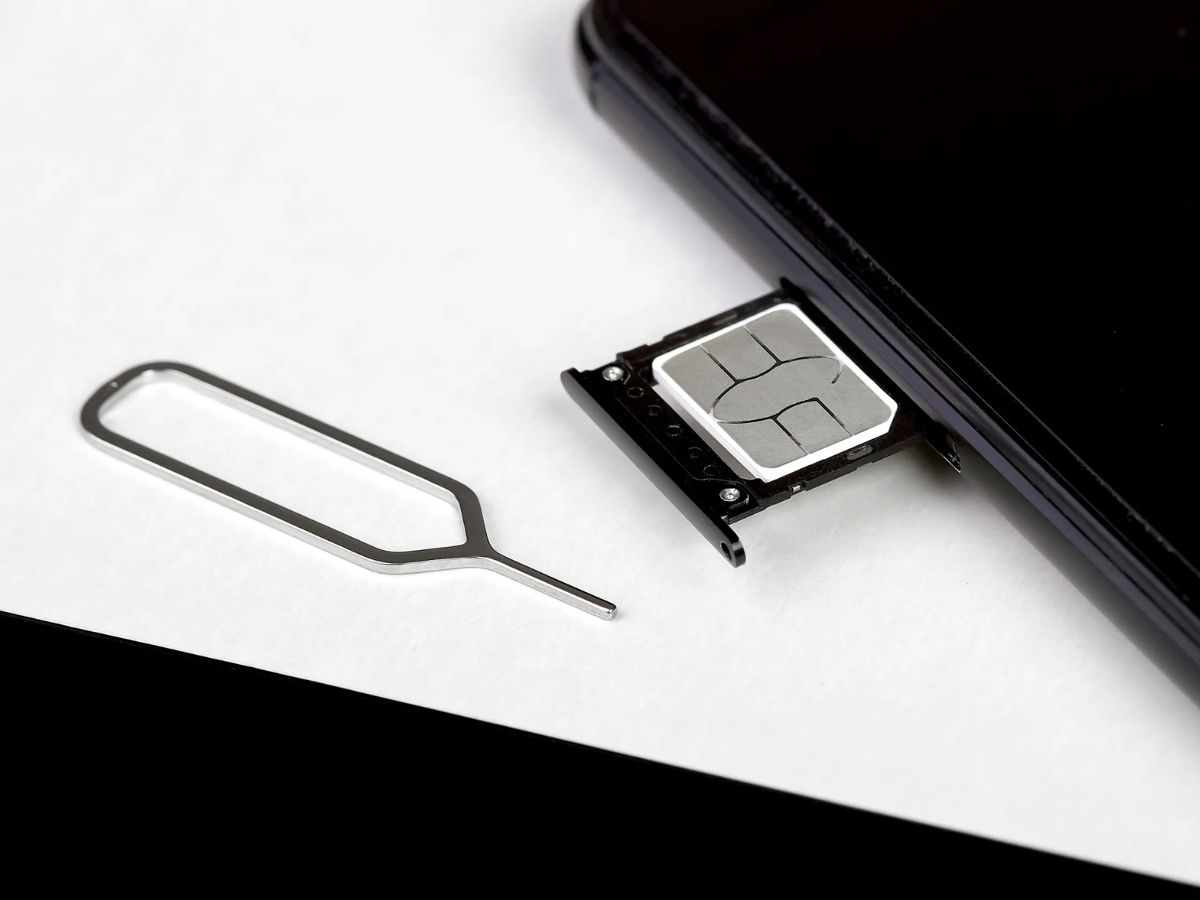Introduction
Inserting a new SIM card into a mobile device is a fundamental process that allows users to connect to a network and access various communication services. Whether you're upgrading to a new device, switching carriers, or simply replacing a damaged SIM card, understanding the proper procedure for inserting a new SIM card is essential. This step-by-step guide will walk you through the process, ensuring that you can seamlessly integrate the new SIM card into your mobile device.
A SIM card, or Subscriber Identity Module, serves as a unique identifier for your mobile device on a cellular network. It stores essential information, including your phone number, network authorization data, and personal contacts. When you acquire a new SIM card, it's crucial to handle it with care and precision to avoid any potential damage to the card or the device.
By following the instructions outlined in this guide, you can confidently navigate the process of inserting a new SIM card into your mobile device. Whether you're a tech enthusiast or a novice user, this comprehensive walkthrough will equip you with the knowledge and skills necessary to complete the task successfully. Let's delve into the step-by-step process to ensure a smooth and efficient transition to your new SIM card.
Step 1: Turn off the device
Before embarking on the process of inserting a new SIM card into your mobile device, it is crucial to power off the device completely. This initial step serves as a fundamental precautionary measure to prevent any potential damage to the device or the SIM card during the insertion process.
To power off your device, locate the power button, typically situated along the edges or the top of the device. Press and hold the power button until the on-screen prompts or indicators confirm that the device is shutting down. Depending on the device model, you may encounter a visual cue, such as a spinning wheel or a gradual dimming of the screen, indicating that the device is powering off.
Ensuring that the device is fully powered down is essential, as it minimizes the risk of electrical interference and safeguards the internal components from potential damage. By following this simple yet critical step, you can proceed with the subsequent steps of the SIM card insertion process with confidence, knowing that the device is in a safe and optimal state for the procedure.
Remember, the process of turning off the device may vary slightly depending on the make and model of your mobile device. If you encounter any challenges or uncertainties during this step, referring to the device's user manual or seeking assistance from a knowledgeable source can provide valuable guidance. With the device successfully powered down, you are now ready to move on to the next step in the SIM card insertion process.
By prioritizing the proper shutdown of the device, you are taking a proactive approach to ensure a smooth and successful SIM card insertion experience. With this foundational step completed, you can proceed with confidence to the subsequent stages, knowing that you have set the stage for a seamless transition to your new SIM card.
Step 2: Locate the SIM card slot
The next crucial step in the process of inserting a new SIM card into your mobile device is to locate the SIM card slot. The SIM card slot is a designated compartment within the device where the SIM card is securely placed. Depending on the device model, the location of the SIM card slot may vary, but it is commonly situated either on the side of the device or beneath the device's back cover.
For many modern smartphones, the SIM card slot is often found on the side of the device. In such cases, the SIM card slot is typically accessed by utilizing a SIM card ejector tool or a small pin provided by the device manufacturer. This tool allows you to gently eject the SIM card tray from the device, providing access to the slot where the SIM card will be inserted.
In contrast, some devices feature a removable back cover, under which the SIM card slot is nestled alongside the device's battery. In this scenario, removing the back cover grants access to the SIM card slot, allowing you to proceed with the insertion process.
It's important to note that the SIM card slot may be accompanied by additional slots for memory cards or secondary SIM cards, depending on the device's specifications. When identifying the SIM card slot, exercise caution to avoid disrupting any other components within the device.
If you encounter difficulties locating the SIM card slot, consulting the device's user manual can provide valuable insights. Additionally, online resources or support from the device manufacturer's website may offer visual aids or instructional videos to assist you in identifying the SIM card slot with precision.
By successfully locating the SIM card slot, you have reached a pivotal milestone in the SIM card insertion process. This accomplishment sets the stage for the subsequent steps, as you are now prepared to proceed with confidence to the next phase of the process: removing the old SIM card. With the SIM card slot identified, you are well-positioned to continue the seamless integration of your new SIM card into your mobile device.
Step 3: Remove the old SIM card
Removing the old SIM card from your mobile device is a critical step in the process of inserting a new SIM card. Whether you are replacing an expired SIM card or transitioning to a new device, the careful removal of the existing SIM card is essential to pave the way for the seamless integration of the new one.
To remove the old SIM card, you will need to access the SIM card slot, which you located in the previous step. Depending on the specific design of your device, the method for removing the old SIM card may vary. If your device features a SIM card tray that can be ejected using a SIM card ejector tool or a small pin, gently insert the tool into the provided slot, applying light pressure to release the SIM card tray. Once the tray is partially ejected, carefully remove it from the device, ensuring that the existing SIM card is securely seated within the tray.
Alternatively, if your device has a removable back cover, carefully detach the back cover to reveal the SIM card slot. In some cases, the SIM card slot may be accompanied by the device's battery, and you may need to remove the battery to access the SIM card. Exercise caution when handling the battery, ensuring that it is removed safely to avoid any damage to the device or the battery itself.
Upon accessing the SIM card slot, carefully remove the existing SIM card from its designated position. The SIM card is typically held in place by a small spring mechanism or a secure slot within the tray. Gently push the existing SIM card to release it from the slot, taking care to handle it with delicacy to avoid any bending or damage to the card.
Once the old SIM card has been successfully removed, take a moment to inspect the SIM card slot and the removed card for any signs of damage or debris. Ensure that the slot is clean and free from any obstructions that could hinder the insertion of the new SIM card. Likewise, examine the old SIM card for any visible damage or wear that may have occurred during its use.
By meticulously removing the old SIM card from your device, you are preparing the groundwork for the next pivotal step: inserting the new SIM card. With the old SIM card safely removed and the SIM card slot primed for the new card, you are now poised to progress to the subsequent phase of the insertion process.
Step 4: Insert the new SIM card
With the old SIM card successfully removed and the SIM card slot primed for the new card, the next imperative step is to insert the new SIM card into your mobile device. This pivotal phase of the process demands precision and care to ensure the seamless integration of the new SIM card, allowing you to establish connectivity and access network services.
Begin by carefully aligning the new SIM card with the designated position within the SIM card slot. Most SIM cards are designed with a notched corner or a specific orientation to facilitate proper insertion. Take note of the orientation guide provided by the SIM card slot, typically denoted by a small diagram or embossed markings, to ensure that the new SIM card is positioned correctly.
Gently place the new SIM card into the slot, taking care to align the notched corner or the designated orientation of the card with the corresponding guide within the slot. Apply light, even pressure to seat the SIM card securely within the slot, ensuring that it is positioned flush and level with the surrounding surface.
Once the new SIM card is inserted, take a moment to verify that it is seated securely within the slot. Avoid applying excessive force during the insertion process, as this could potentially damage the SIM card or the internal components of the device. A smooth and controlled insertion ensures that the new SIM card is seamlessly integrated, setting the stage for the final step of the insertion process.
By successfully inserting the new SIM card into your mobile device, you have reached a significant milestone in the transition to your new SIM card. This accomplishment paves the way for the subsequent phase of the process, empowering you to finalize the integration of the new SIM card and proceed with the activation and setup procedures.
With the new SIM card securely in place, you are now poised to advance to the final step: turning on the device and setting up the SIM card to establish connectivity and unlock the full potential of your mobile device. The successful insertion of the new SIM card represents a crucial achievement in the seamless transition to a new network and enhanced communication capabilities.
Step 5: Turn on the device and set up the SIM card
With the new SIM card securely inserted into your mobile device, the final step involves turning on the device and setting up the SIM card to establish connectivity and enable the full range of communication services. This pivotal phase marks the culmination of the SIM card insertion process, as it empowers you to activate the new SIM card and unlock its potential to connect to a network.
To initiate the activation process, power on your mobile device by pressing and holding the power button until the device's screen illuminates and displays the manufacturer's logo or the device's startup sequence. As the device powers on, it will initiate the boot-up process, initializing the internal systems and preparing to recognize the newly inserted SIM card.
Upon successfully powering on the device, you may encounter on-screen prompts or notifications indicating the detection of the new SIM card. Depending on the device's software and user interface, you may be prompted to enter the PIN associated with the new SIM card to authenticate its activation. The PIN, or Personal Identification Number, serves as a security measure to safeguard the SIM card's access and prevent unauthorized usage.
Once the PIN is entered and verified, the device will proceed to establish a connection with the network associated with the new SIM card. This process involves the device registering with the network, authenticating the SIM card, and configuring the necessary network settings to enable voice, data, and messaging services.
As the device completes the network registration and initialization process, you will receive on-screen notifications confirming the successful activation of the new SIM card. At this stage, you may also encounter additional setup prompts, such as configuring network preferences, enabling mobile data, or customizing communication settings based on your preferences.
Upon the successful activation and setup of the new SIM card, your mobile device is now ready to connect to the network, allowing you to make calls, send messages, and access mobile data services. The completion of this final step signifies the seamless integration of the new SIM card into your device, empowering you to leverage its capabilities and enjoy uninterrupted connectivity.
By meticulously following the steps outlined in this guide, you have successfully navigated the process of inserting a new SIM card into your mobile device, from powering off the device to activating the new SIM card. With the new SIM card seamlessly integrated and activated, you are now poised to harness the full potential of your mobile device, connecting to the network and engaging in seamless communication experiences.
Congratulations on completing the process of inserting a new SIM card into your mobile device. With the new SIM card activated and ready for use, you are now equipped to embark on a seamless and uninterrupted mobile communication journey.
Conclusion
In conclusion, the proper insertion of a new SIM card into a mobile device is a fundamental process that underpins seamless connectivity and access to communication services. By following the step-by-step guide outlined in this comprehensive walkthrough, users can confidently navigate the process, ensuring a smooth and efficient transition to a new SIM card.
The journey begins with the essential step of powering off the device, a precautionary measure that safeguards the device and the SIM card from potential damage during the insertion process. Locating the SIM card slot, whether it is situated on the side of the device or beneath the back cover, sets the stage for the subsequent phases of the insertion process.
Removing the old SIM card with precision and care is a pivotal step that paves the way for the seamless integration of the new SIM card. By delicately handling the removal process and inspecting the SIM card slot for cleanliness, users can ensure a smooth transition to the new card.
Inserting the new SIM card demands precision and attention to detail, aligning the card correctly within the slot to ensure a secure and flush placement. By exercising caution and avoiding excessive force, users can seamlessly integrate the new SIM card into the device, setting the stage for the final step.
Turning on the device and setting up the new SIM card marks the culmination of the insertion process, empowering users to activate the new card and unlock its full potential. From entering the PIN to completing the network registration and setup, this final phase solidifies the seamless transition to the new SIM card, enabling uninterrupted connectivity and communication services.
By meticulously following each step and embracing the careful attention to detail, users can confidently navigate the process of inserting a new SIM card into their mobile device. The successful completion of this process signifies the seamless integration of the new SIM card, empowering users to harness the full potential of their mobile device and engage in uninterrupted communication experiences.
Congratulations on completing the process of inserting a new SIM card into your mobile device. With the new SIM card activated and ready for use, you are now equipped to embark on a seamless and uninterrupted mobile communication journey.









